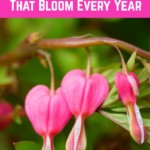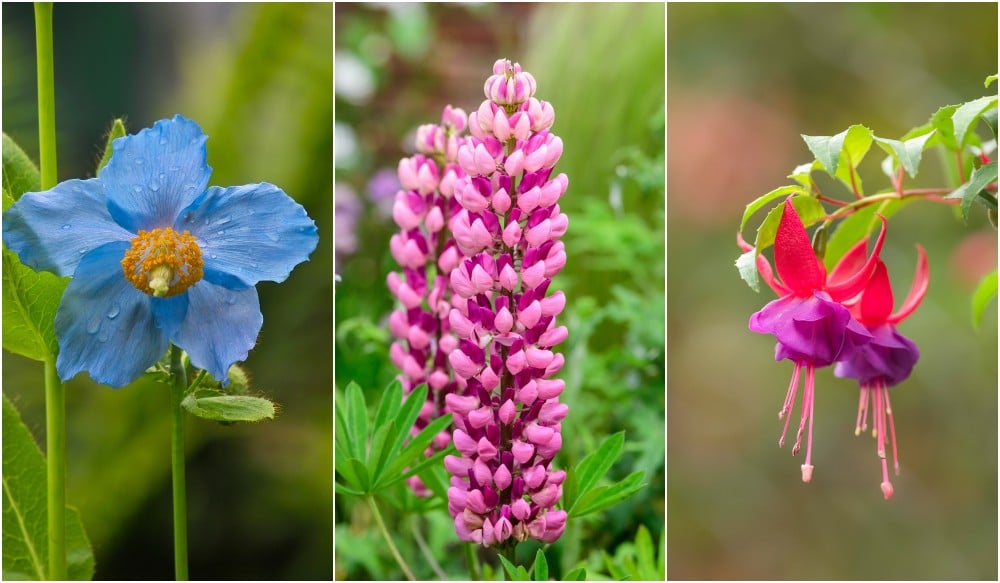
Perennial flowers are a great choice for any garden. They can really brighten up your view, not just for one season, but for many years to come.
Unlike annual or biennial flowers, perennial flowers won’t just bloom for a year or two. They will bloom every year for many years, or even decades.
Why Choose Perennial Flowers?
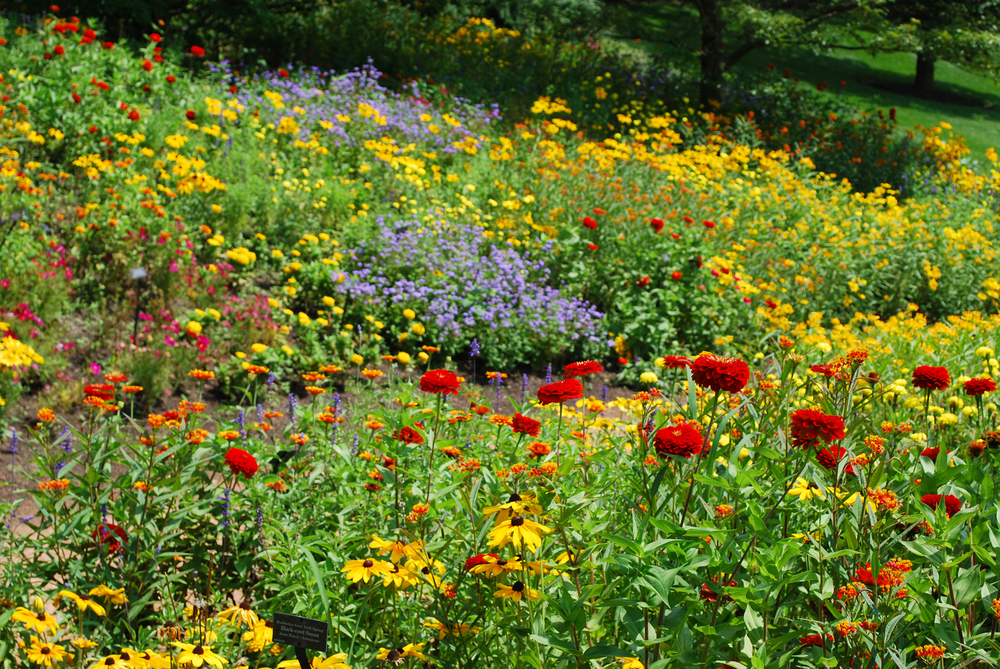
Perennial flowers are a great choice – and not just because they are easier for the gardener.
Perennial blooms are perfect for attracting pollinators and other beneficial insects to your garden. And you can find choices that will work extremely well for a polyculture planting scheme in a sunny bed or border, or for a shady forest garden.
Perennial flowers can offer other benefits too. Some, for example, are edible flowers. Others are great for cut flowers, or for other uses around your home. Some can be used in soap making, or making natural beauty products. Others are simply beautiful, and add visual appeal to your garden.
Another thing to consider is that perennial plants, which remain in place year after year, can be a crucial component of ‘carbon gardening’.
When you grow perennials, you will be helping in sequestering carbon from the atmosphere in plants and soil. You will therefore be playing a role in helping to combat our climate crisis.
Tips for Choosing Perennial Flowers
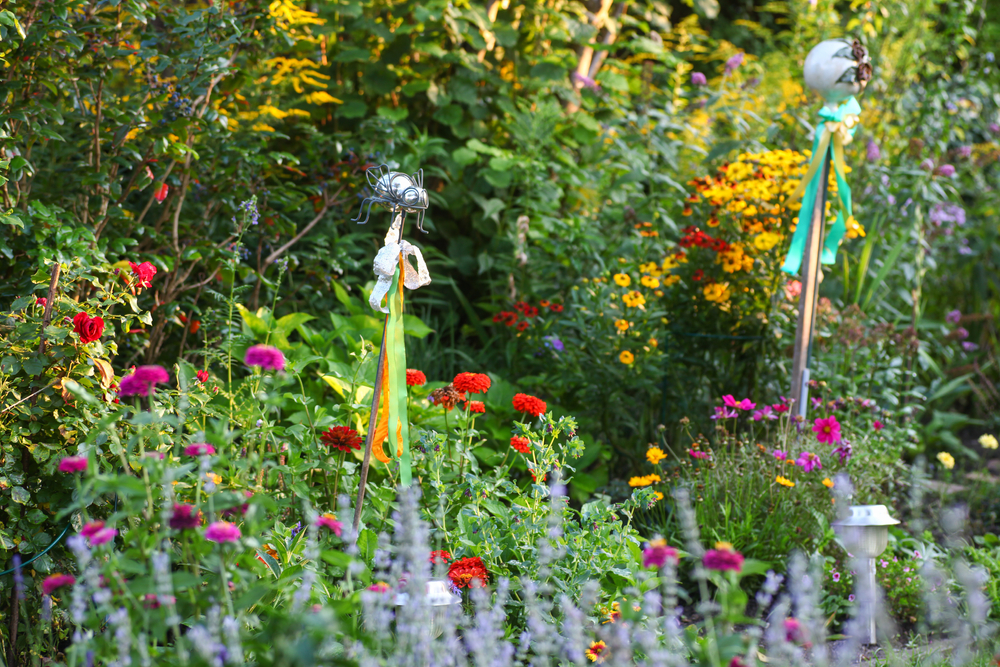
First of all, it is important to remember that perennial flowering plants can take a range of different forms. They can be:
- Evergreen shrubs.
- Deciduous shrubs/trees.
- Herbaceous perennials.
- Bulbs, that come back into bloom each year.
One of the first things to do is determine how much space you have available. You should determine which of the above types of flowering perennial you are looking for.
Of course, which ones will be right for where you live will depend on your climate, microclimate and soil. And also the particular conditions of the location in which you wish to grow them. One of the most crucial things to think about is whether you will be growing in full sun, or in shade.
Below, you will find a range of suggestions for both scenarios. You are sure to find suggestions on these lists that are suitable for your own particular location.
But before we look at the lists, here are some more tips to help you choose the best perennial flowers for your garden:
Choose Plants For Blooms Throughout the Whole Year
When designing any perennial flower garden, one of the key things to consider is how beneficial it will be for bees and other pollinators visiting your site.
To provide a source of food for these important creatures throughout the whole of the year, you should have flowers blooming in your garden during each of the seasons.
The more blooms you include, and the more you plan for year-round flowering, the more wildlife friendly your garden will be.
Aim to Boost Biodiversity as Much as Possible
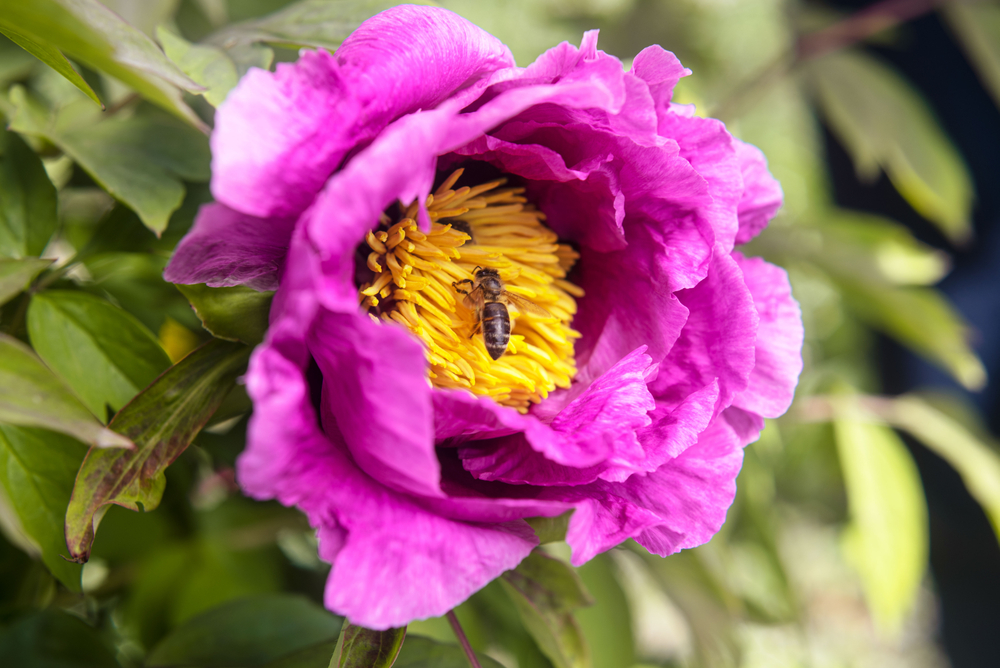
Designing a perennial garden, wildlife should be a top priority. By attracting wildlife, we increase the levels of biodiversity in our gardens. And the more biodiverse your garden, the more stable and resilient it will be. That’s not only good for the planet and people in a wider sense, it is also helpful to you, as a gardener.
Of course, you can also boost biodiversity by including as many plant species in your garden as you can. Just plant, plant, and plant some more!
Not everything in your garden will go according to plan, but if you keep adding new plants and trying new things, you are sure to develop a beautiful and productive garden over time.
Layer Plants in Space and Time
When choosing perennial flowers, or any other plants, it is important to think wholistically – considering the combinations of plants, as well as just the plants themselves.
To create a good perennial garden design, we should layer plants in space – for example, by placing herbaceous perennials below shrubs, and above ground cover plants.
We should also layer plants in time – thinking about how we can create a series of blooms – allowing one flowering plant to grow up amongst others, so they will bloom as soon as the previous blooms have faded.
Integrate, Don’t Segregate – Combine Flowers With Edible Perennials and Other Plants
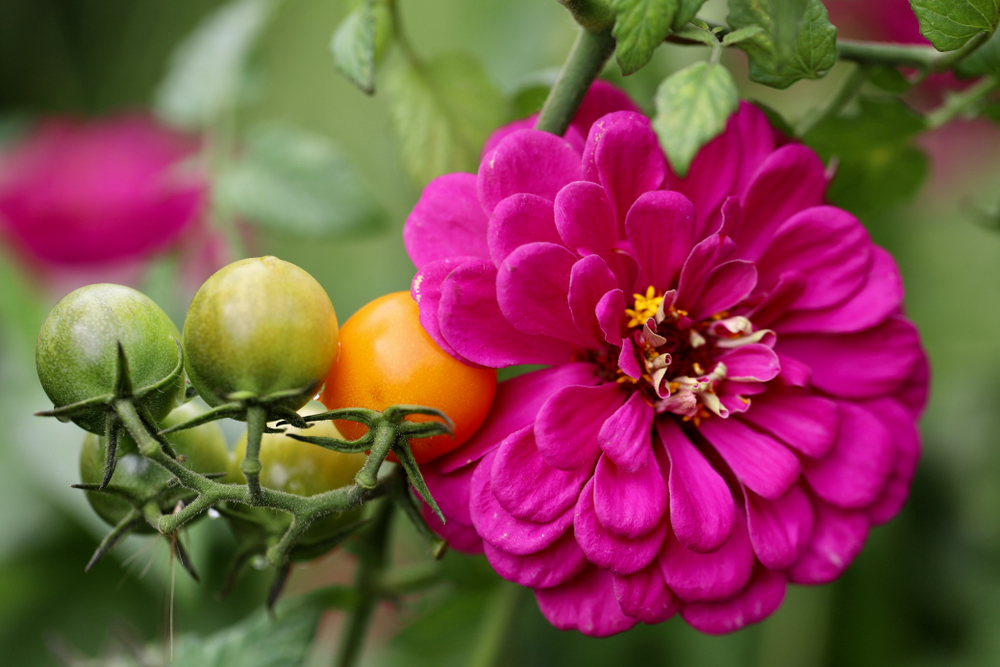
While perennial flowers can look great in combination with one another, it is also worthwhile considering how you can integrate ornamental flowering plants with other types of plants – such as perennial vegetables or fruit trees, fruit bushes and fruiting canes.
With some careful design and planning, it is possible to create a beautiful garden that also provides many of your basic needs.
You should also consider integrating perennial plants with annual and biennial ones. Plants that are not perennial, but which self-seed readily can also be great choices for a perennial border.
Some examples that I like to include with perennial flowers include foxgloves (biennial) and borage (annual). But there are also plenty of other self-seeders to consider.

50 Perennial Flowers for Full Sun
To begin with, let’s take a look at some of my top picks for perennial flowers for full sun sites. Many of these require full sun in order to grow, while others are also happy in partial shade.
But these are some suggestions of plants to consider for each of the seasons in a sunny garden location. Of course, there is some overlap between the seasons, and some can bloom through spring, summer and occasionally even into fall.
But this list should give you a rough idea when you can expect to see blooms, and from which perennial plants, throughout the year:
Blooms for Spring
- Armeria (sea thift, sea pinks).
- Azaleas
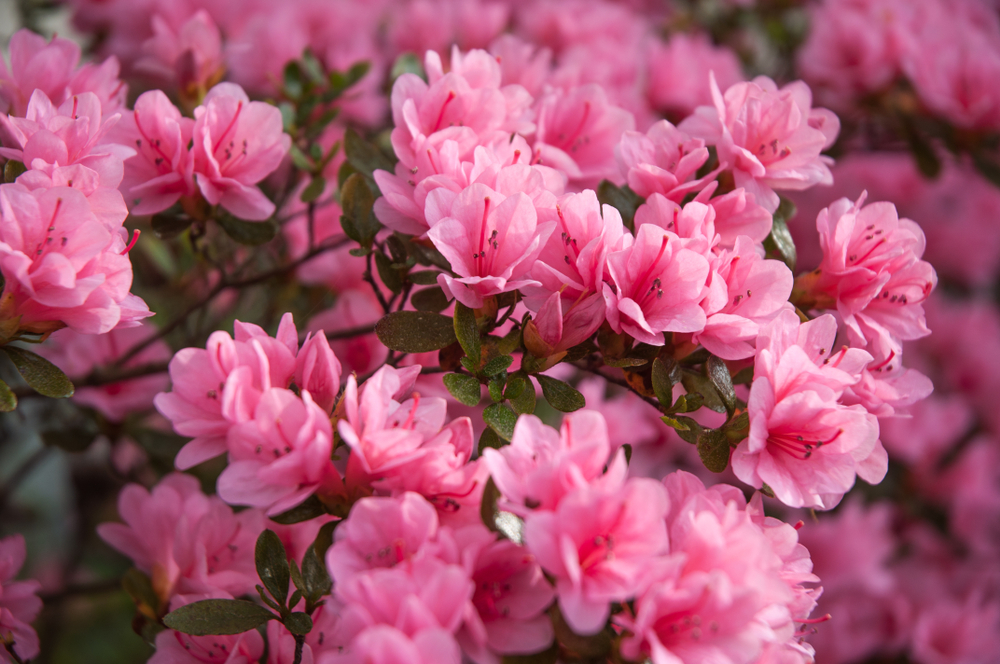
- Creeping Phlox.
- Centaurea montana (Perennial cornflower)
- Dianthus (pinks).
- Dicentra (Bleeding heart)
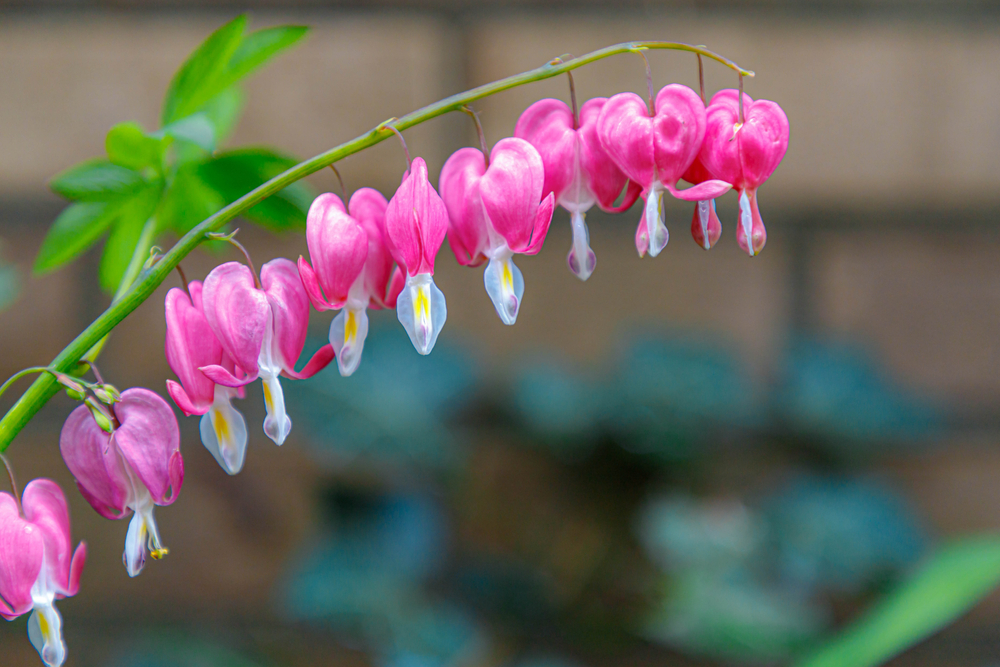
- Euphorbia
- Gypsophila (Baby’s breath).
- Iberis (Candytuft).
- Irises.
- Leucanthemum vulgare (Ox-eye daisy/ Shasta daisy)
- Peonies
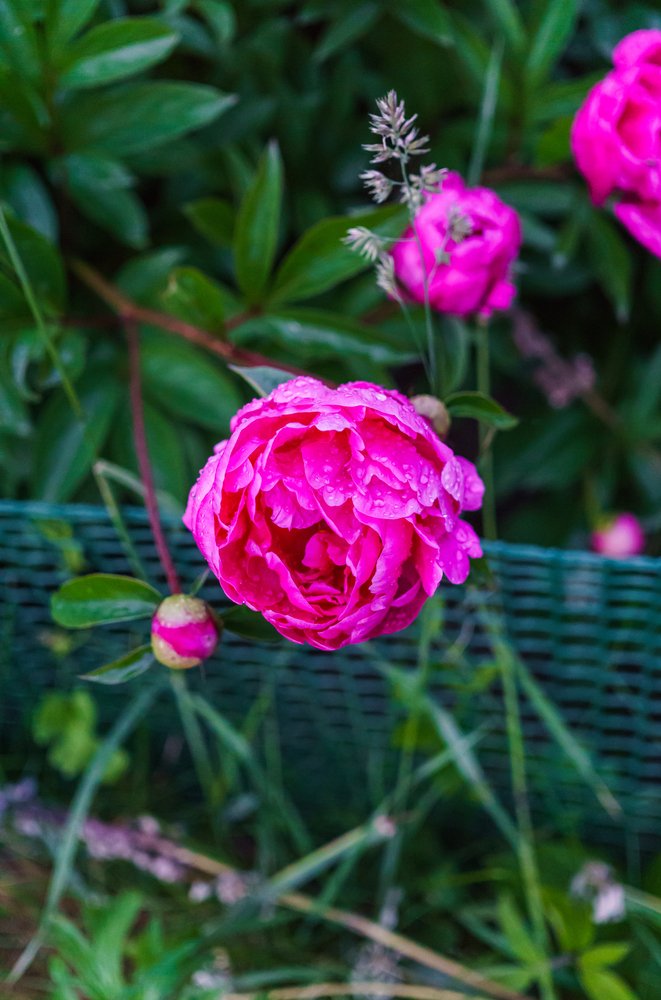
- Oriental poppies
- Rhododendrons
- Spirea
- Tulipa (Tulips)

Blooms for Summer
- Alliums
- Buddleia
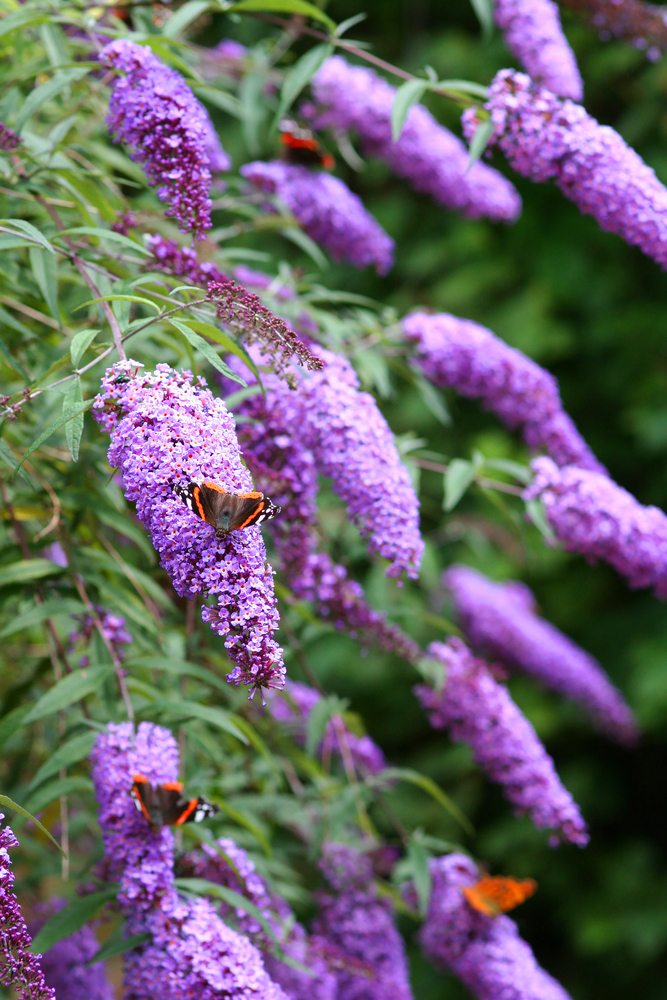
- Clematis (various varieties)
- Coreopsis
- Delosperma cooperi (Ice plant)
- Echinacea (Coneflower)
- Hebes
- Helianthus (perennial sunflowers)
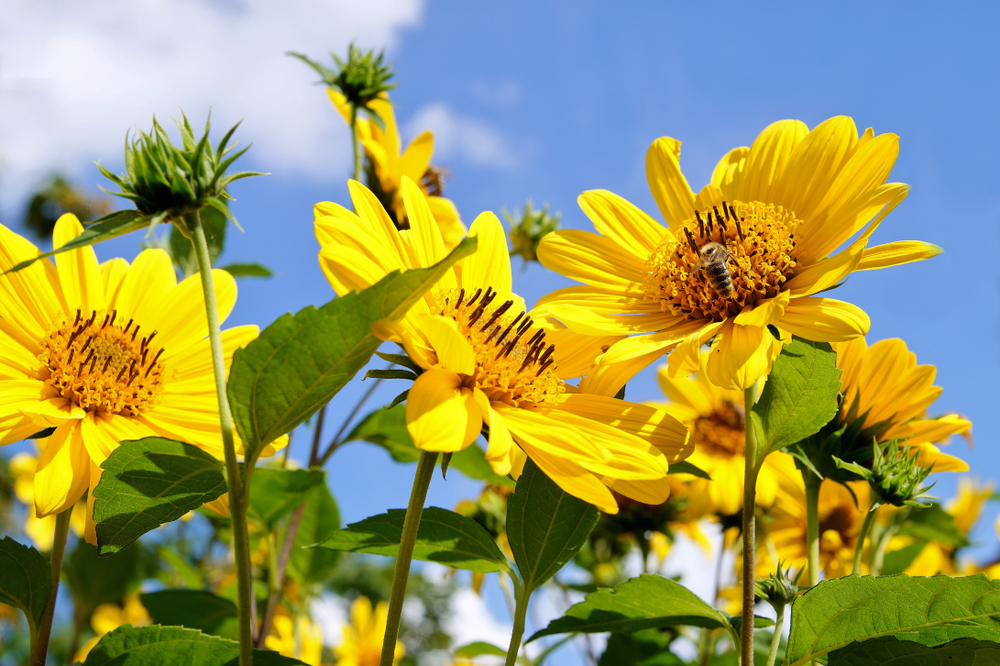
- Oriental Lilies
- Lavender
- Lilac
- Lupines
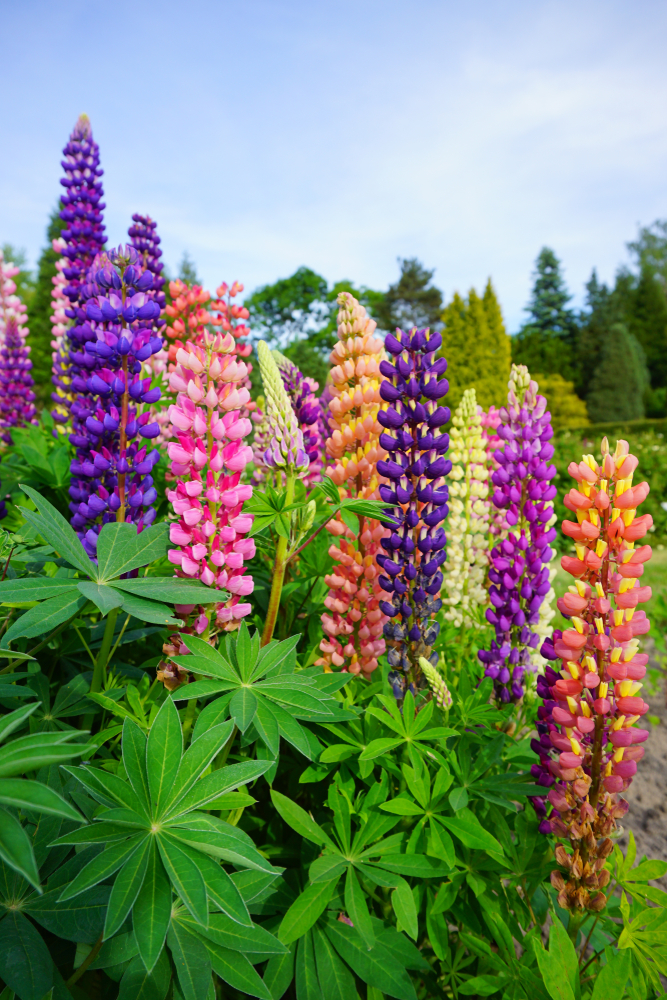
- Phlox
- Roses
- Rudbeckia
- Salvias
- Sedums

Blooms for Fall
- Asters
- Chrysanthemums
- Eupatorium (Joe Pye Weed)
- Fuchsia magellanica
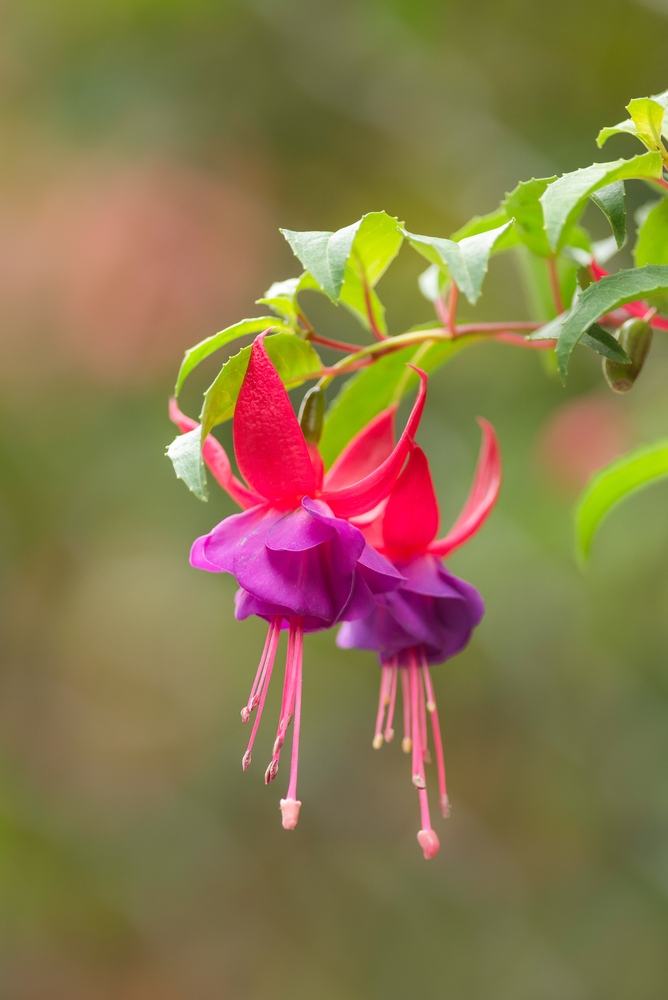
- Helenium
- Hydrangea
- Goldenrod
- Japanese Anemones
- Nippon Daisy
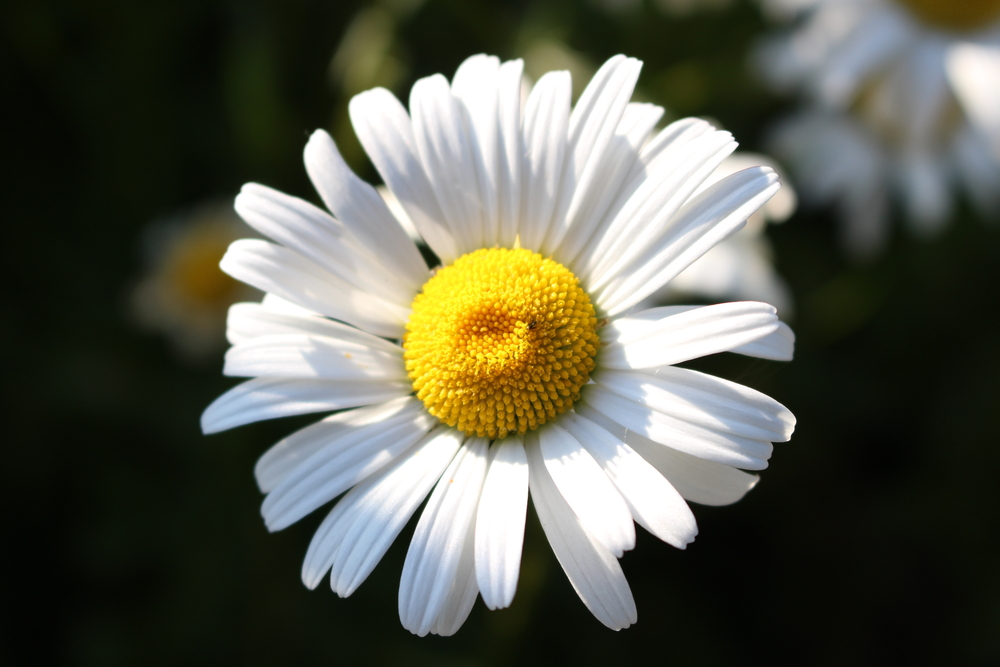
- Platycodon (Balloon Flower)
- Russian Sage
- Sumac
Blooms for Winter
- Daphne
- Heathers
- Sarcococca
- Winter flowering cherry
- Winter pansies
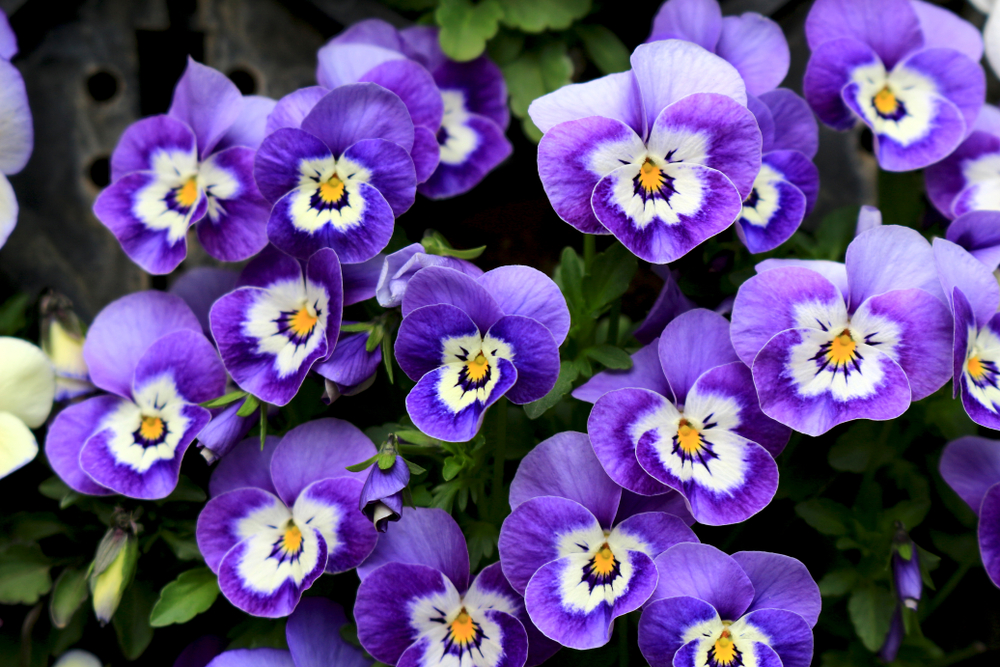
Tips for a Perennial Garden in Full Sun
- Mulch well to reduce moisture loss in hot, dry weather.
- Consider how you collect and manage water on your property. Water or irrigate, when needed in a water-wise way.
- Avoid leaving gaps of bare soil in planting schemes. Plants can be placed closely, for a lower maintenance perennial scheme.
50 Perennial Flowers for Partial or Dappled Shade
Next, let’s take a look at some of the perennial flowers that you can consider for a somewhat shady site.
Of course, some will do better in dry shade, and others will do best in a much moister location. Some thrive in deeper shade, while others can cope only with light dappled shade cast by trees or shrubs above.
But this list should give you a place to start when considering what to place in a forest garden site, or in a shady border:
Blooms for Spring
- Ajuga (Bugleweed)
- Aquilegia
- Bergenia (Elephant’s ears – e.g. ‘Overture’)
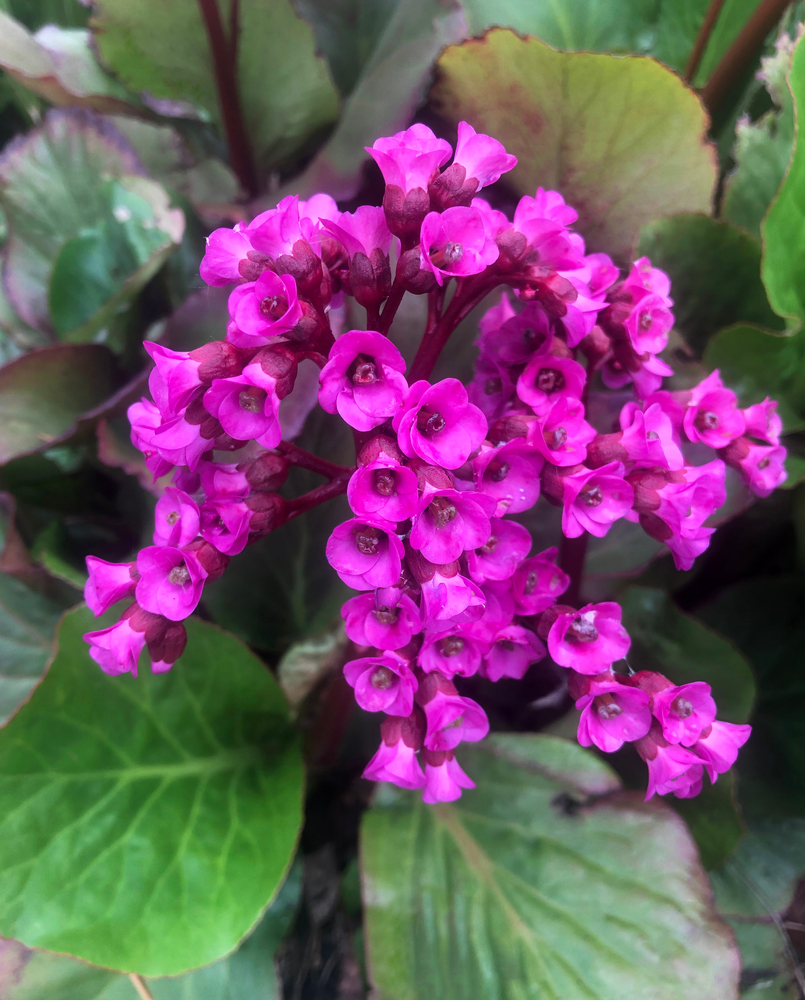
- Brunnera
- Crocus
- Day Lilies
- Narcissus (Daffodils)
- Jack-in-the-Pulpit
- Lamium
- Primroses
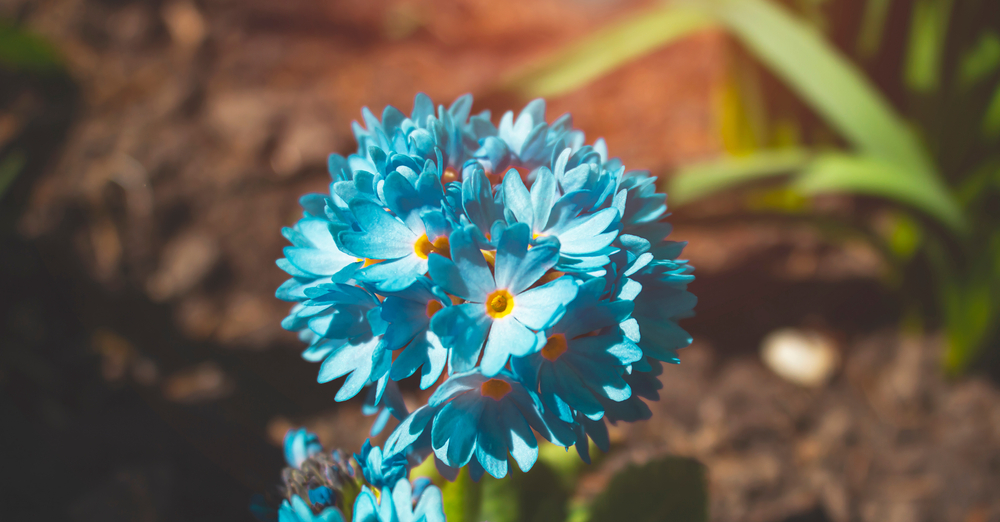
- Pulmonaria
- Skimmia japonica
- Tiarella
- Trillium
- Viola (Violets)
Blooms for Summer
- Acanthus mollis
- Alchemilla mollis
- Astrantia maxima
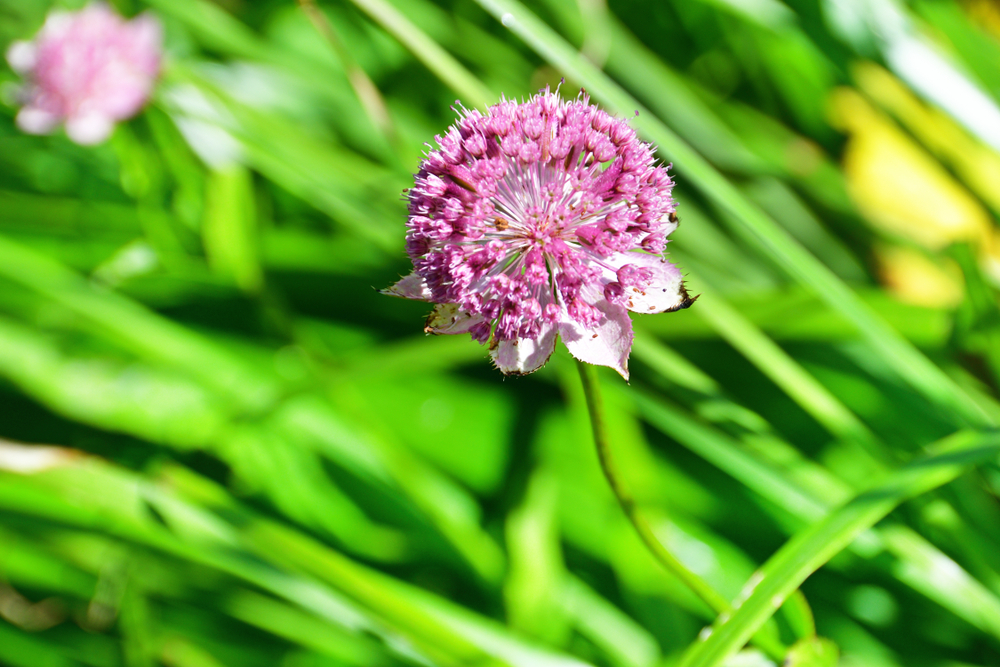
- Bee Balm
- Beesia calthifolia
- Campanula persicifolia
- Clematis (shade loving varietals)
- Comfrey
- Epilobium angustifolium (fireweed)

- Hostas
- Geraniums
- Hydrangea anomala
- Lathyrus tuberosus (Tuberous sweetpea)
- Lonicera (Honeysuckle)
- Malva moschata
- Meconopsis baileyi
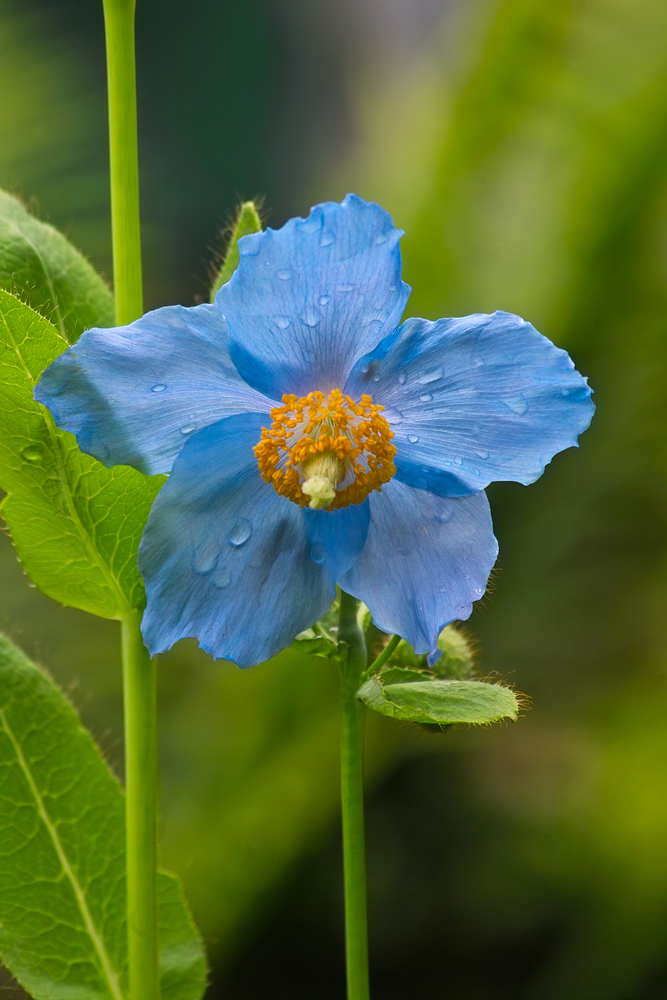
- Rogersia pinnata
- Scabiosa columbaria (Pincushion flower)
- Toad Lily
- Yarrow
Blooms for Fall
- Caryopteris x clandonensis (Blue mist bush)
- Chelone lyonii (Turtlehead)
- Colchicum autumnale (Autumn crocus)
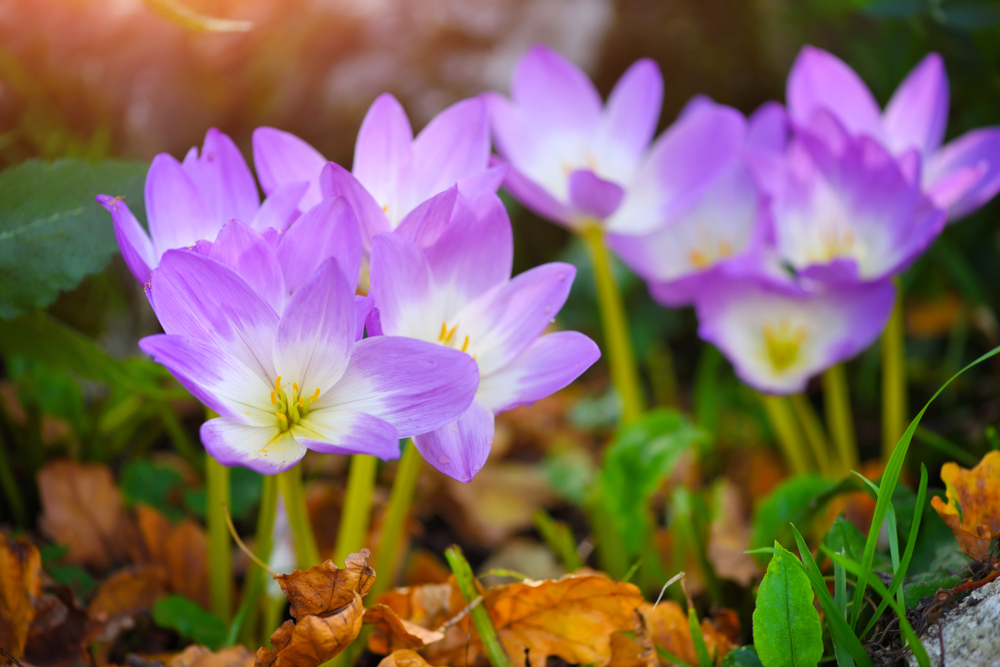
- Corydalis
- Cyclamen
- Saxifraga fortunei
- Tradescantia (Spiderwort)
Blooms for Winter
- Chaenomeles (Japanese quince/ flowering quince)
- Chionodoxa (Glory of the Snow)
- Hellebore (Lenten Rose)
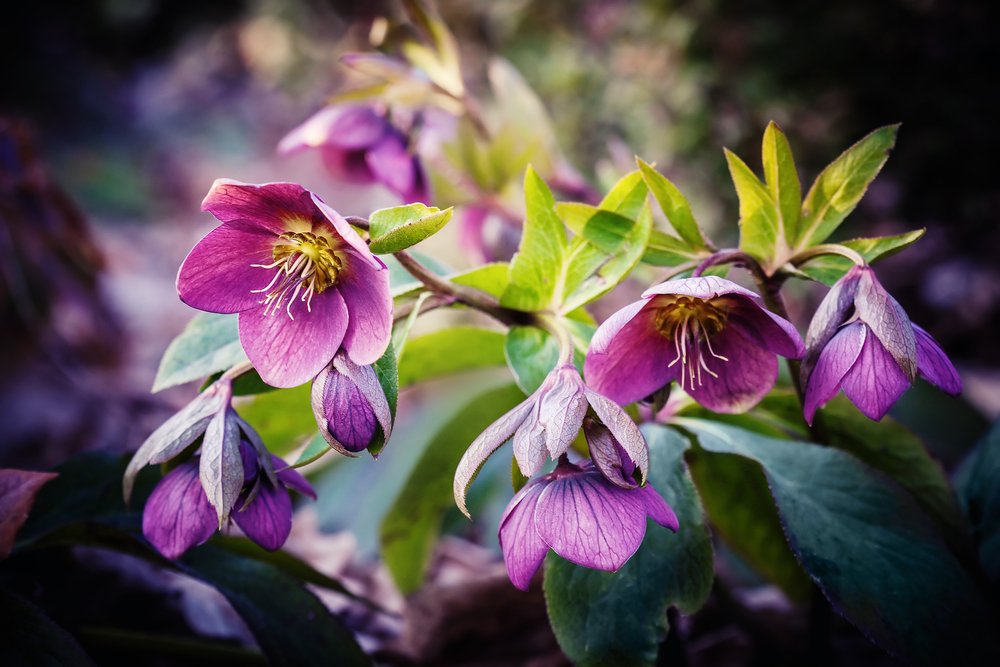
- Mahonia
- Snowdrops
- Viburnums (evergreen varietals for winter colour)
- Winter aconites
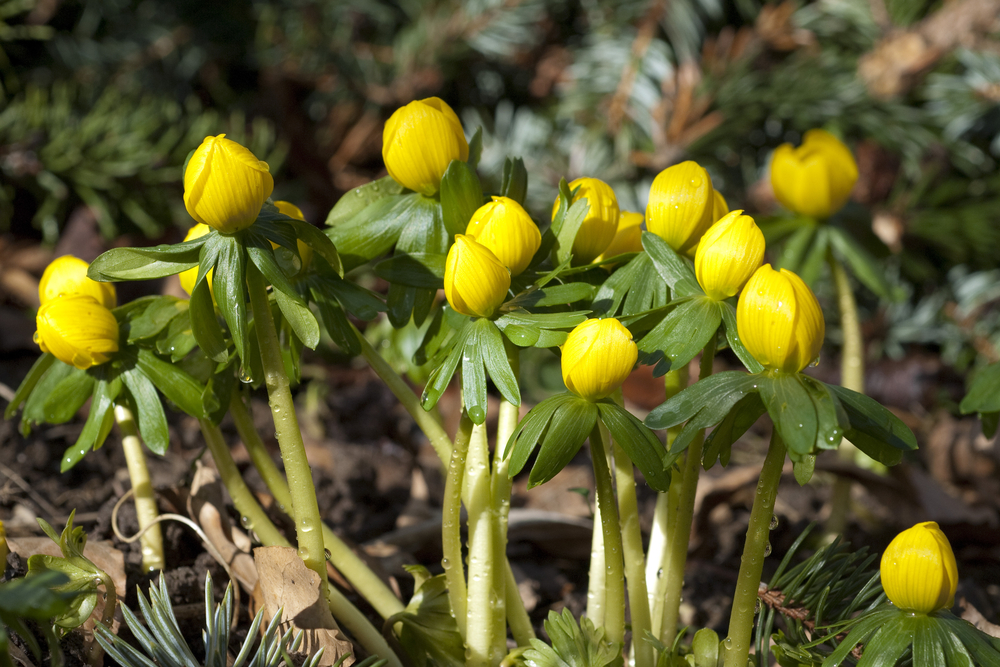
- Witch Hazel
Tips for a Shady Perennial Garden
- Know what type of shade you are dealing with and choose plants accordingly. (Is it dry shade or damp shade? It is only partial or dappled shade, or is it deep shade you have to contend with?)
- Choose bright, light-colored blooms to draw the eye in shaded spots.
- Play with texture and shape, too, to help your plants stand out from the shade.
Of course, the list above is by no means exhaustive. There are thousands of perennial flowers that bloom every year for you to choose from.
But I hope that this list has opened your eyes to some of your options, and given you a place to start when planning your garden.

Get the famous Rural Sprout newsletter delivered to your inbox.
Join the 50,000+ gardeners who get timely gardening tutorials, tips and tasks delivered direct to their inbox.


